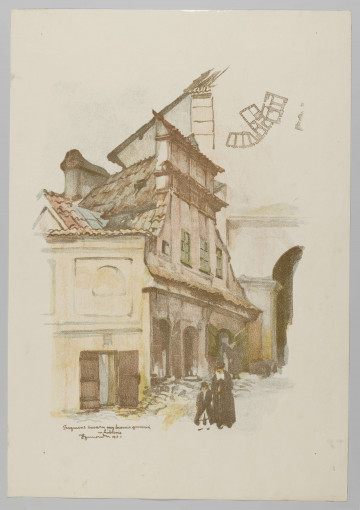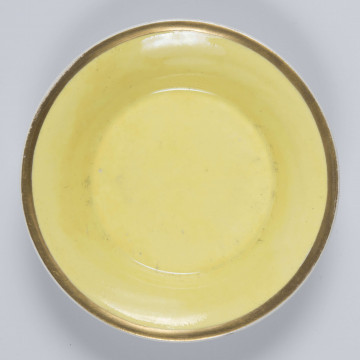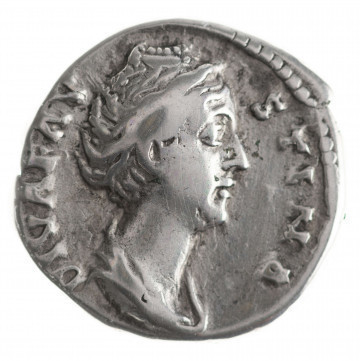Phylacteries with a cover
ante 1939
Museum of the history of Polish Jews
Phylacteries (Hebrew: tefilin) are two black leather boxes made from the skin of a kosher animal, which are tied to the left forearm and to the upper part of the forehead with a thong. Inside, there are quotations from the Book of Exodus and the Book of Deuteronomy engraved in Hebrew script by a sofer (a scribe who transcribes the Torah scrolls). The phylacteries are used only by men, from the age of 13, and are worn during prayers. They are not worn on Shabbat or other holy days. This custom refers to the biblical text:
"Take therefore these words of mine into your heart and soul. Bind them to yourselves as a sign on your hand. Let them be an ornament between your eyes. Teach them to your children, repeating them to them when you are at home, when you walk along the road, when you lie down and when you rise up. "(Prov 11:18-19).
There is a belief that phylacteries teach humility and that the reward for wearing them is long life. Before placing the tefillin on the hand, God's help to the Israelites during their escape from Egypt should be recalled. During prayers, the hand symbolizes God's help to the Israelites in the desert, and placing the tefillin in front of the heart is meant to symbolize surrender to God's will. After the prayers are over, the phylacteries are kept in special pouches. Like mezuzahs (see https://sztetl.org.pl/pl/slownik/mezuza), phylacteries are treated as amulets protecting from evil.
The solemn mood in the synagogue is well reflected in I.B. Singer's description:
"Some worshippers had already begun reciting the introductory prayers, others were simply walking back and forth. (...) The men put on tallits and tefillin, attached thongs and covered their heads, while he looked at them with astonishment, as if he were a Gentile who had never seen this before. The first "minyan" had already come together for prayers. Young people with pyjamas, yarmulkes and belts sat at tables to study the Talmud. They were nodding, gesticulating, making faces". (I.B. Singer, "Sztukmistrz z Lublina" [A Magician from Lublin], Kraków 2016, p. 111).
In Reform Judaism, a trend has emerged to move away from the tradition of wearing phylacteries or, on the contrary, to wear them also by women. You can read about this trend on the website of the Polish Judaic Dictionary (see https://www.jhi.pl/psj/judaizm_reformowany, access date: 8.08.2021).
Natalia Różańska
Znaleziono 5 obiektów

1917 — 1918
National Museum in Lublin

1824 — 1828
National Museum in Lublin

141
National Museum in Lublin
DISCOVER this TOPIC
Museum of King Jan III's Palace at Wilanów
DISCOVER this PATH
Educational path